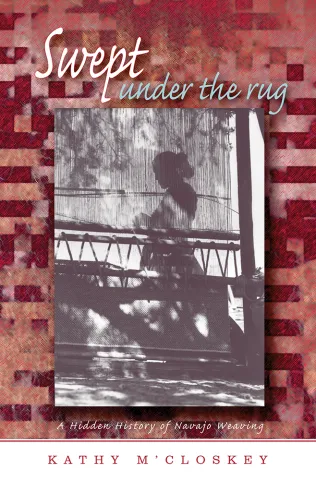
Collected and highly valued all over the world, Navajo weaving has been the subject of many aesthetic and historic studies. Grounded in archival research and cultural and economic approaches, this new book situates Navajo weavers within the economic history of the Southwest and debunks the romantic stereotypes of weavers and traders that have dominated the literature.
Beginning with an analysis of trader archives revealing that nearly all Navajo textiles were wholesaled by weight until the 1960s, M'Closkey scrutinizes the complex interactions among artists, dealers, collectors, and museum curators that have facilitated the explosion in value of those old weavings. She also examines the production of Mexican copies of Navajo-style rugs, which in recent years has combined with the market for pre-1950 textiles to diminish the demand for contemporary Navajo weavings. Navajo patterns, she points out, remain unprotected by copyright because traditional designs have been in the public domain for decades.
No one who studies, collects, sells, or enjoys Navajo textiles (either genuine or knock-offs) can ignore this book. Sure to be controversial, it will be important reading for anyone concerned with the merchandising of Indian art.

